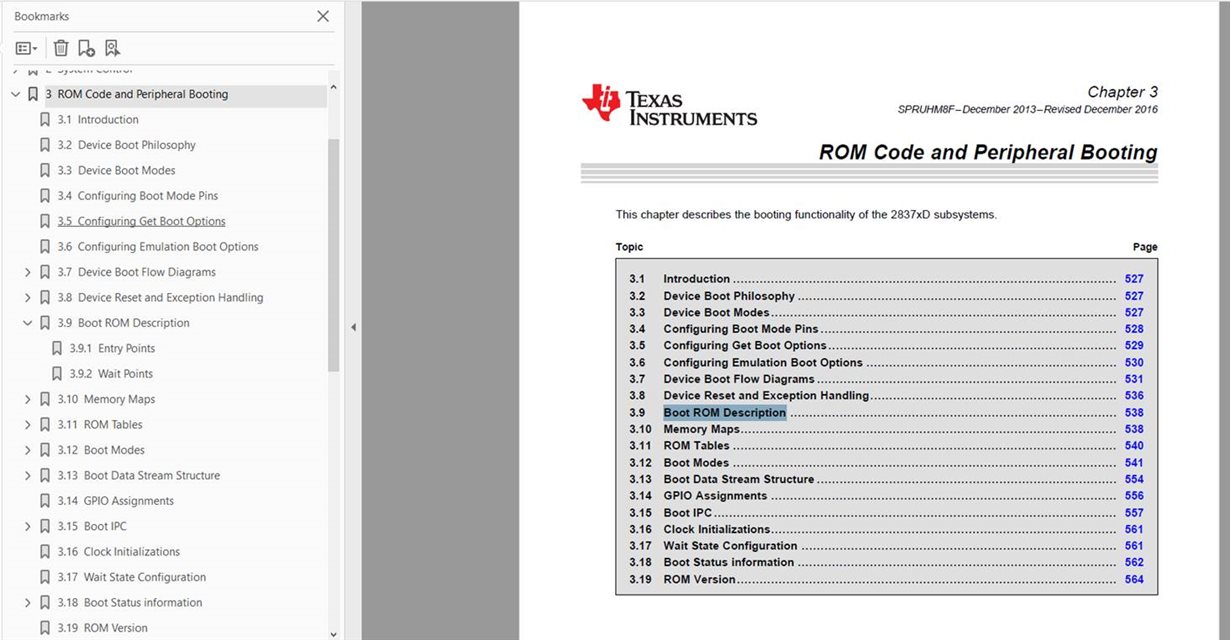Hello,
My customer uses Delfino for an avionics digital power system. They need to ensure DO-178C compliance, so they are wondering how to address TI code that is in ROM (e.g., bootstrap) or in OTP for the ADC calibration and for which they have no source nor documentation. Please let me know how we could support such requirements.
Thanks,
François.


